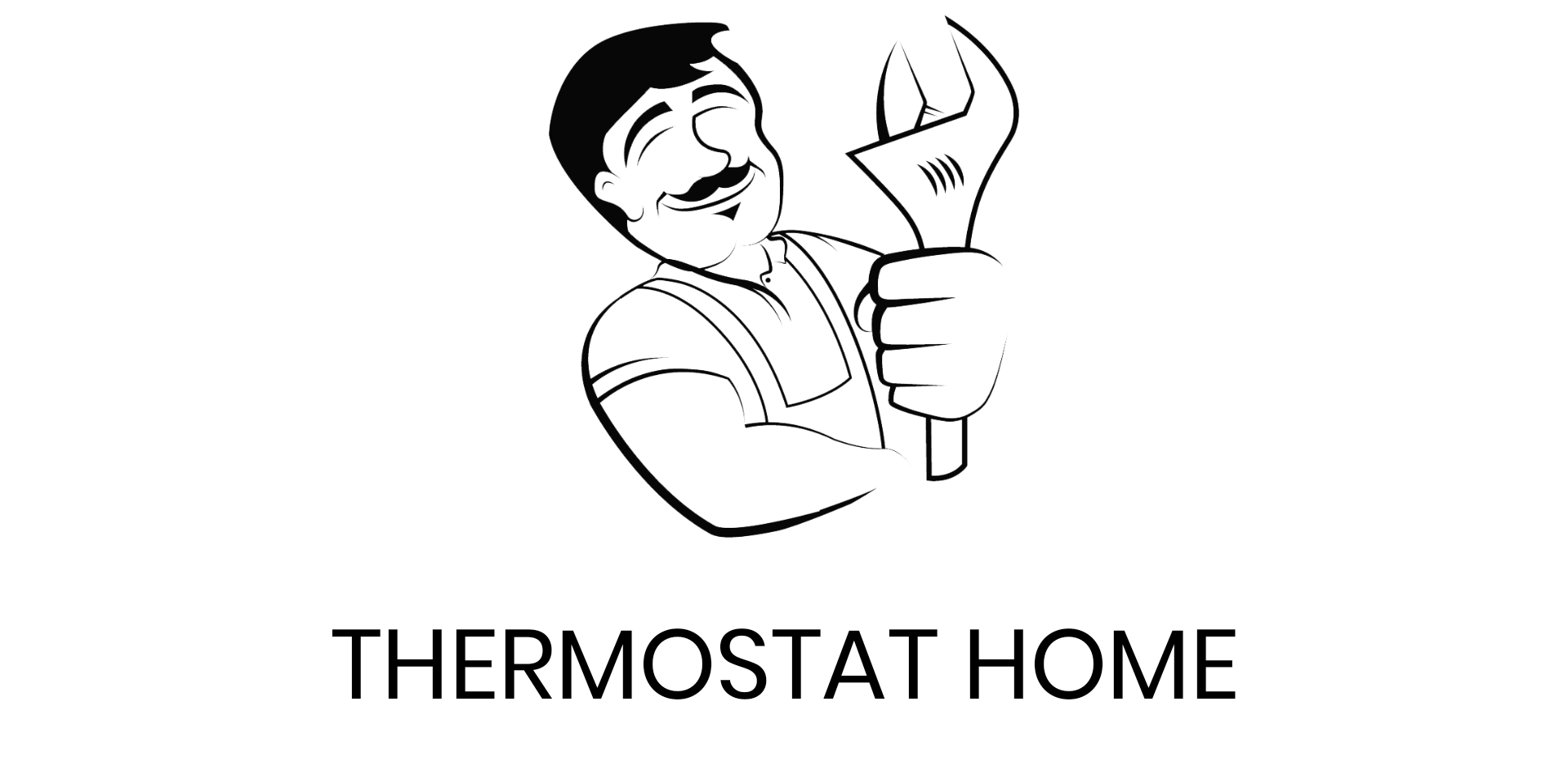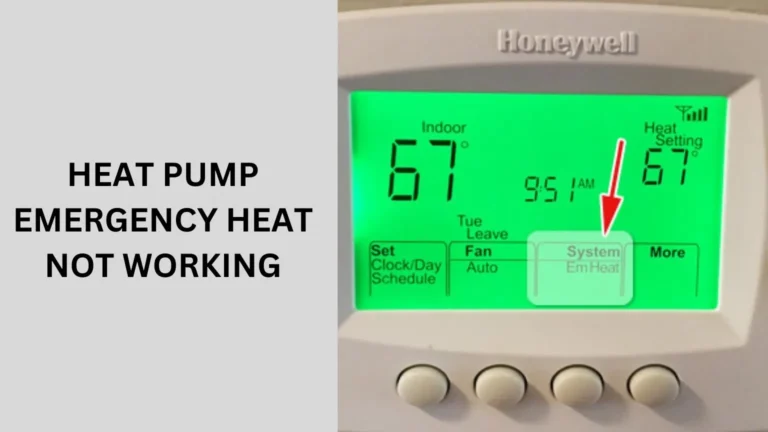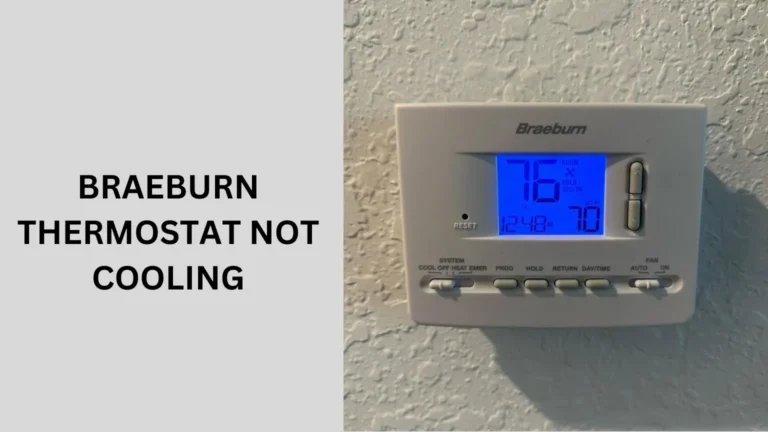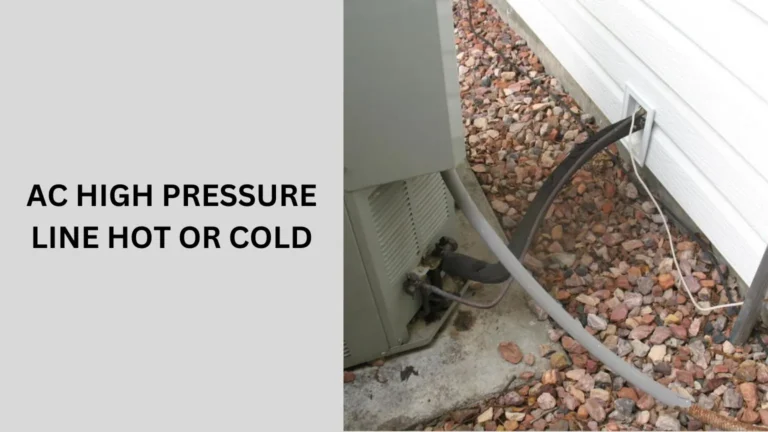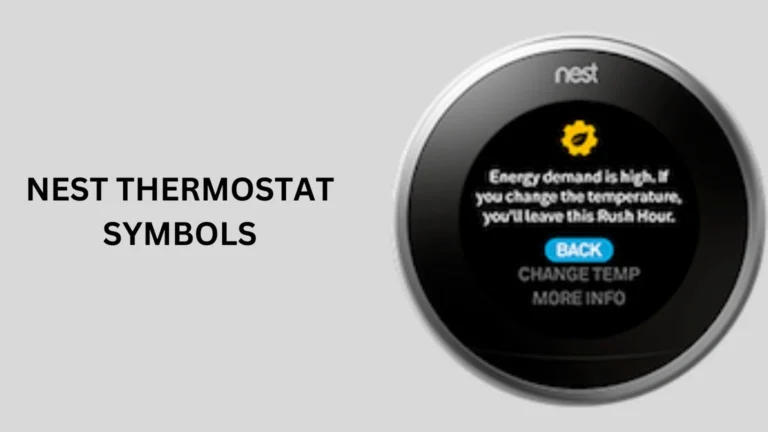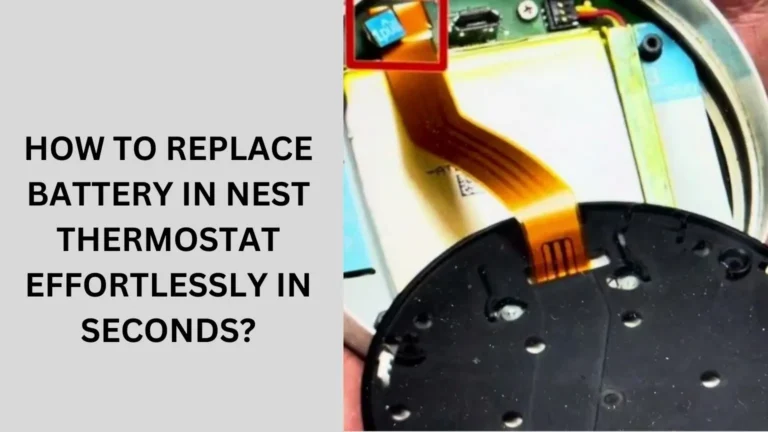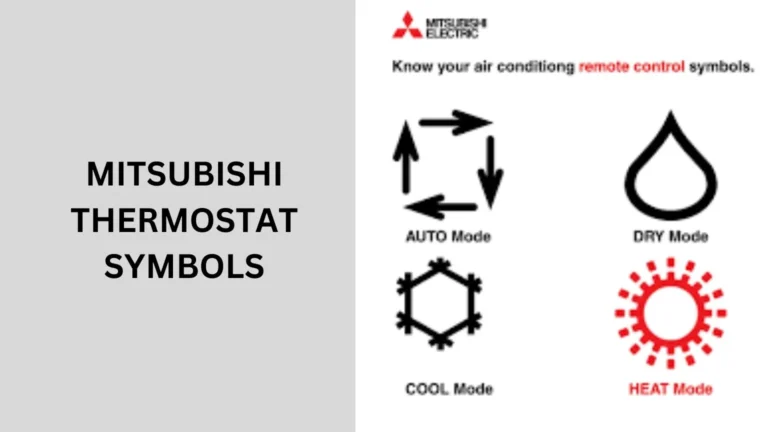Nest Thermostat No Heat Option: Troubleshooting Common Issues
The Nest Thermostat has revolutionized home heating with its intuitive design and smart features. Nest Thermostat No Heat Option, Understanding its various settings is crucial for optimizing comfort and efficiency in your home.
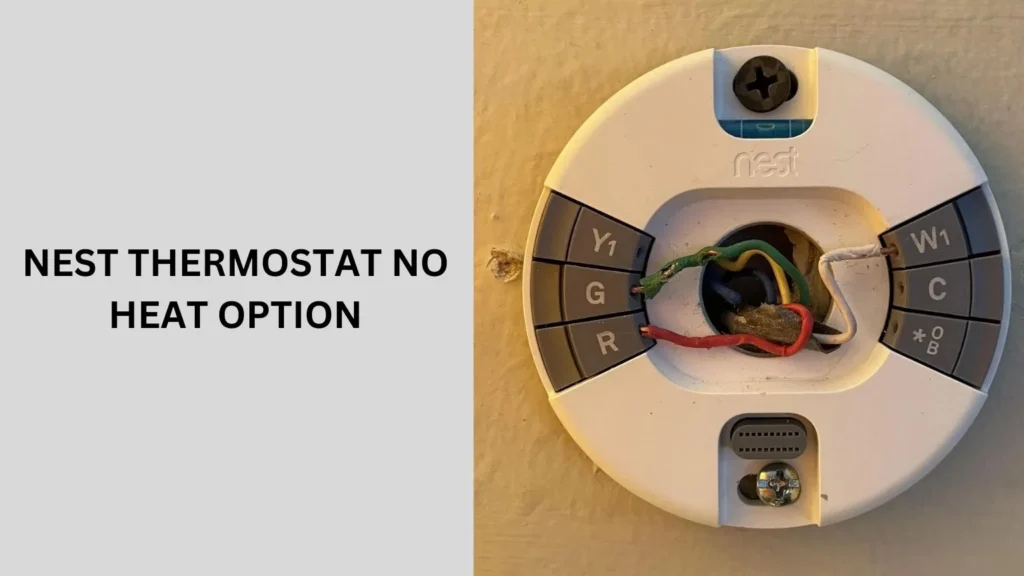
Why Is Nest Thermostat No Heat Option?
The Nest Thermostat is not just a thermostat; it’s a smart device that learns your heating preferences and adjusts accordingly.
Whether you’re looking to save energy or ensure your home stays comfortable, the Nest Thermostat offers a range of features to meet your needs.
Understanding the Heat Options
At the core of the Nest Thermostat’s functionality are its heating options. From traditional heating modes to innovative features like the “No Heat” option, this device empowers users to customize their indoor climate with ease.
Exploring the No Heat Option
The “No Heat” option on the Nest Thermostat is a unique feature designed for specific scenarios.
Unlike conventional thermostats that only control heat output, the Nest Thermostat allows users to maintain their preferred temperature without actively heating the space.
When would you use this option? Imagine wanting to keep a room cool without turning on the air conditioner or allowing natural warmth to prevail without heating up the space further. The “No Heat” option is ideal for these situations, providing flexibility and energy efficiency.
Setting Up and Configuring the Nest Thermostat
Getting started with the Nest Thermostat is straightforward. After installation, users can easily configure their preferred heat settings using the Nest app or directly on the device.
Adjusting the “No Heat” option is as simple as selecting it from the menu and setting the desired temperature threshold.
Troubleshooting Common Issues
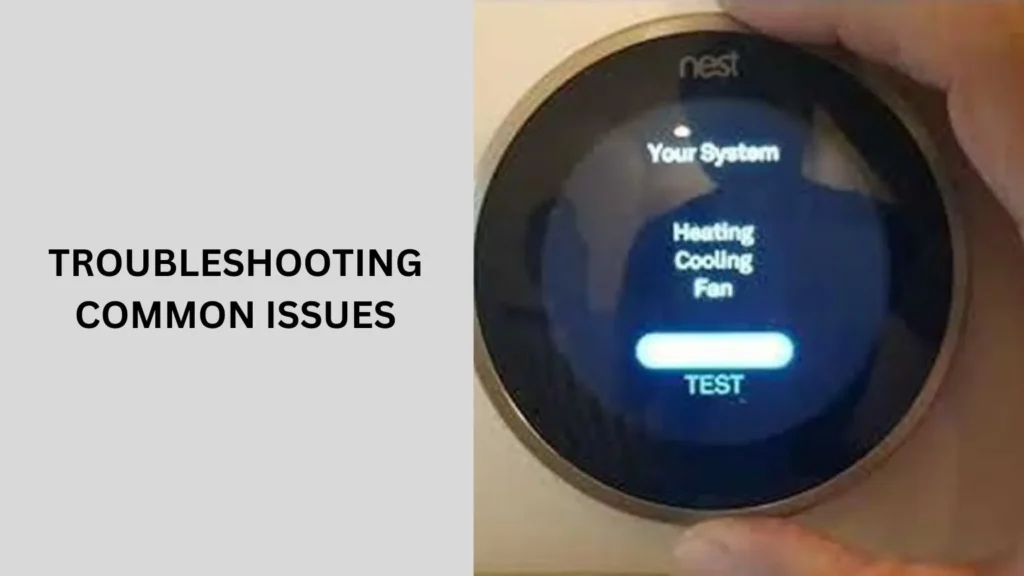
Occasionally, users may encounter issues with their Nest Thermostat not heating as expected. This could be due to power supply problems, connectivity issues, or simply incorrect settings.
Troubleshooting these issues involves checking connections, updating firmware, and ensuring the thermostat’s location is optimal for temperature sensing.
Here are some of the most common problems and their solutions:
1. Power Supply Problems
Sometimes, the issue lies with the power supply. The Nest Thermostat requires a consistent power source to function correctly.
- Check the Batteries: If your thermostat uses batteries, ensure they are charged and installed correctly.
- Verify the C-Wire: The C-wire provides a continuous power source to the thermostat. Make sure it’s connected properly and not loose.
- Inspect the HVAC System: Ensure your HVAC system is powered on and functioning. A tripped breaker or a blown fuse could disrupt power to your thermostat.
2. Connectivity Issues
The Nest Thermostat relies on a stable Wi-Fi connection for many of its smart features. Connectivity problems can affect its performance.
- Check Wi-Fi Signal Strength: Ensure your thermostat is within range of your Wi-Fi router. Weak signals can cause connectivity issues.
- Restart the Router: Sometimes, simply restarting your Wi-Fi router can resolve connectivity problems.
- Update Network Settings: Ensure your Wi-Fi network settings are up-to-date and compatible with the Nest Thermostat.
3. Incorrect Settings
Incorrect thermostat settings can lead to heating issues.
- Verify Heating Mode: Ensure your thermostat is set to heating mode. Sometimes, it might be accidentally set to a different mode, like cooling or off.
- Check Temperature Settings: Make sure the target temperature is set correctly. If the set temperature is too low, the thermostat won’t trigger the heating system.
4. Firmware Updates
Outdated firmware can cause functionality issues.
- Check for Updates: Use the Nest app to check if your thermostat’s firmware is up-to-date.
- Update Firmware: If there are updates available, follow the instructions to update your thermostat’s firmware.
5. Thermostat Location
The placement of your thermostat can impact its performance.
- Avoid Heat Sources: Ensure your thermostat is not placed near heat sources like radiators, ovens, or direct sunlight, as this can affect its temperature readings.
- Central Location: Place the thermostat in a central location where it can accurately measure the overall temperature of your home.
6. HVAC System Issues
Sometimes, the problem lies with your HVAC system itself rather than the thermostat.
- Inspect the HVAC System: Check if your heating system is working correctly. Issues like clogged filters, blocked vents, or malfunctioning components can prevent proper heating.
- Professional Inspection: If you’re unable to identify the issue, consider hiring a professional HVAC technician to inspect your system.
7. Factory Reset
As a last resort, resetting your Nest Thermostat to factory settings can resolve persistent issues.
- Backup Settings: Before resetting, make sure to note down or back up your current settings.
- Perform Factory Reset: Follow the instructions in the Nest app or user manual to reset the thermostat.
Advanced Settings and Features
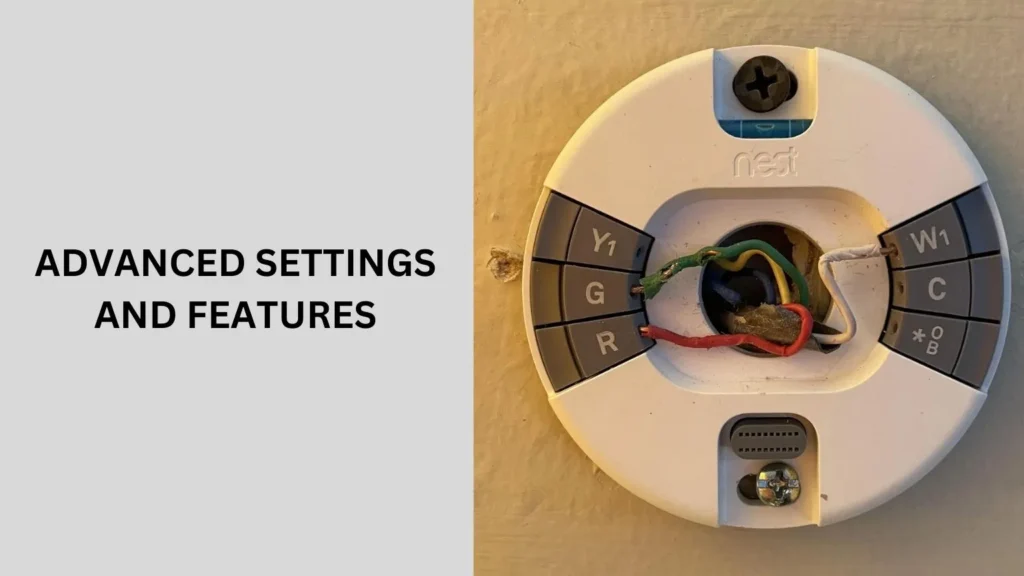
For those looking to maximize energy efficiency, the Nest Thermostat offers advanced settings and features.
Users can schedule heating cycles, integrate with other smart home devices, and even monitor energy usage over time.
These capabilities make the Nest Thermostat a powerful tool for reducing utility bills and minimizing environmental impact.
Comparison with Other Thermostat Options
Compared to traditional thermostats, the Nest Thermostat stands out for its intelligent algorithms and user-friendly interface.
While traditional thermostats may offer basic temperature control, the Nest Thermostat goes beyond learning user habits and adjusting heating patterns accordingly.
User Tips and Best Practices
To get the most out of your Nest Thermostat’s “No Heat” option, consider programming temperature setbacks during times when heating isn’t necessary.
Additionally, optimizing your home’s insulation and airflow can further enhance the effectiveness of the Nest Thermostat in maintaining comfort without excessive heating.
(Source)
Real-Life Scenarios and Examples
In real-world applications, users have found creative ways to leverage the Nest Thermostat’s features.
Whether it’s keeping a nursery comfortably cool without chilling the air or ensuring a conservatory maintains a pleasant temperature without additional heating, the Nest Thermostat adapts to diverse needs with ease.
Future Trends and Innovations
Looking ahead, advancements in smart home technology promise even more integration and efficiency gains for devices like the Nest Thermostat.
Future updates may include enhanced AI capabilities, deeper integration with renewable energy sources, and expanded compatibility with smart grids.
People also ask
Where is the heat option on the Nest Thermostat?
On the Nest Thermostat, the heat option is typically accessed through the thermostat’s main menu or settings.
Users can select the “Heat” mode to activate the heating function, adjusting temperature settings as needed to maintain comfort indoors.
Why is my Nest not turning on my heat?
If your Nest Thermostat isn’t turning on the heat, it could be due to several reasons:
Power Issues: Check if the thermostat has power and the C-wire is connected.
Wi-Fi Connectivity: Ensure a stable Wi-Fi connection.
Incorrect Settings: Verify that it’s set to heating mode and the temperature is set correctly.
HVAC System Problems: Inspect the heating system for any malfunctions.
Firmware Updates: Make sure the thermostat’s firmware is up-to-date.
Thermostat Location: Ensure it’s placed away from heat sources for accurate readings.
Why is my Nest Thermostat not controlling heating?
If your Nest Thermostat is not controlling heating, it could be due to:
Power Issues: Ensure it has power and the C-wire is properly connected.
Incorrect Settings: Verify it’s set to heating mode with the correct temperature.
Wi-Fi Problems: Check for a stable Wi-Fi connection.
HVAC System Issues: Inspect your heating system for any malfunctions.
Firmware Updates: Make sure the thermostat’s firmware is current.
Thermostat Placement: Ensure it’s not near heat sources for accurate temperature readings.
Why is my thermostat setting but no heat?
If your thermostat is set but there’s no heat, it could be due to:
Power Issues: Ensure the thermostat has power and the C-wire is connected.
Incorrect Mode: Verify it’s set to heating mode.
HVAC Problems: Check your heating system for issues.
Wiring Issues: Ensure all wires are correctly connected.
Firmware Updates: Make sure the thermostat’s firmware is updated.
Conclusion
In Conclusion, Nest Thermostat No Heat Option The Nest Thermostat’s “No Heat” option exemplifies innovation in home heating, offering users unprecedented control over their indoor climate.
By understanding and utilizing this feature effectively, homeowners can achieve both comfort and energy savings without compromise.
